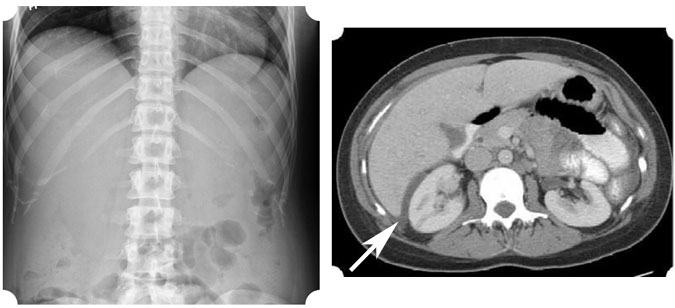

Weathered skin, while it can look flawless, has a texture. Even Triss and Yen, with their perfect skin, had a specific hardness to them.
Edge of obliteration skin#
Her skin looked soft- too soft to be found in the fort. He was glad to see she wore trousers, dreading to have to carry a woman through the mountain if she strips over the skirt of a dress. Light blues painted the clothes with white furs lining it.

Her frame was covered in thicker layers that still had lighter colors despite the norm having otherwise. All Rights Reserved.There was no attention afforded to the man yet, and he was able to finally get a clear look at her. © The American College of Gastroenterology 2013. Based on these outcomes, we suggest that multiple standard biopsies performed at equidistant sites around the Schatzki ring “break” the ring and relieve refractory dysphagia in a manner that is comparatively safer, more cost-effective, and more widely accepted in routine practice than electrosurgical incision. The third patient had recurrent dysphagia that was later discovered to have an oropharyngeal etiology. Two of the patients reported no symptoms of dysphagia at follow-up 6-8 months later. In the presence of acid suppression, obliteration was performed by obtaining four to five circumferential biopsies from various points of the Schatzki ring no complications were encountered and dilation was immediately confirmed by the passage of a 13.5 or 15 millimeter through-the-scope balloon without resistance. In our case series, we describe three individuals who underwent Schatzki ring obliteration utilizing multiple biopsies with standard forceps after undergoing conventional esophageal dilation that did not relieve their dysphagia.
Edge of obliteration series#
To our knowledge, no study or case series has described ring obliteration by endoscopic biopsy forceps in patients who have refractory dysphagia after Savary dilation or through-the-scope balloon dilation. In a fashion similar to that of electrosurgical incision, direct disruption of Schatzki rings may be more feasibly achieved with standard endoscopic biopsy forceps.

However, the needle knife is not commonly employed during upper endoscopy, and its use in the treatment of benign esophageal strictures is likely to be technically difficult among most gastroenterologists with a risk of serious complications. Alternatively, endoscopic electrosurgical incision of the fibrous, elastic core of Schatzki rings has been shown to be an efficacious treatment modality ever since it was first described almost 30 years ago in two patients who did not respond to conventional bougienage. No clear advantage has been demonstrated between these dilator types and both are associated with recurrent dysphagia. Therapy for Schatzki rings has traditionally utilized esophageal dilation with either bougienage or balloon dilators. Purpose: The Schatzki ring, a benign lower esophageal structural anomaly, is one of the most common causes of dysphagia and intermittent food impaction.


 0 kommentar(er)
0 kommentar(er)
